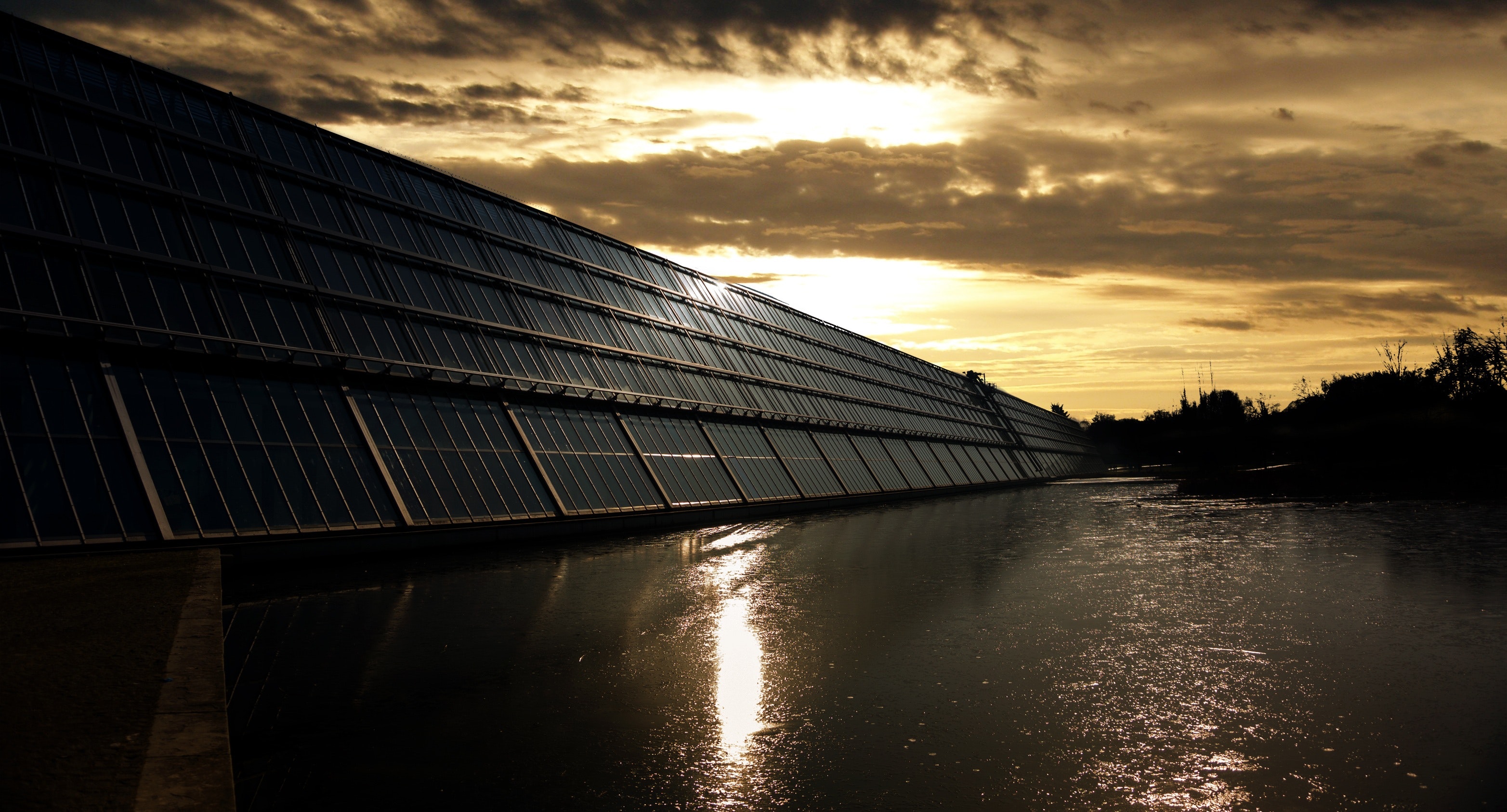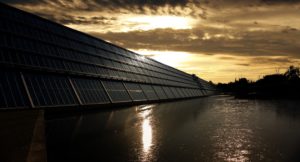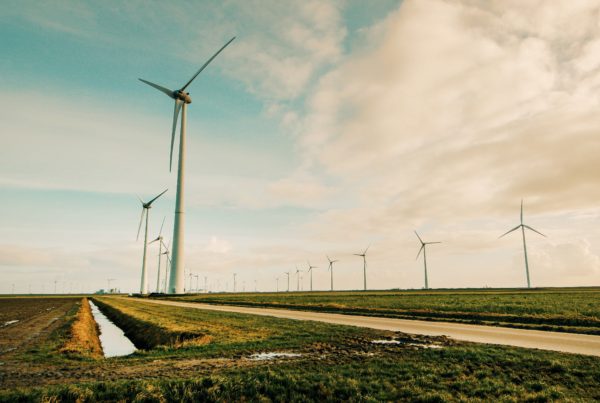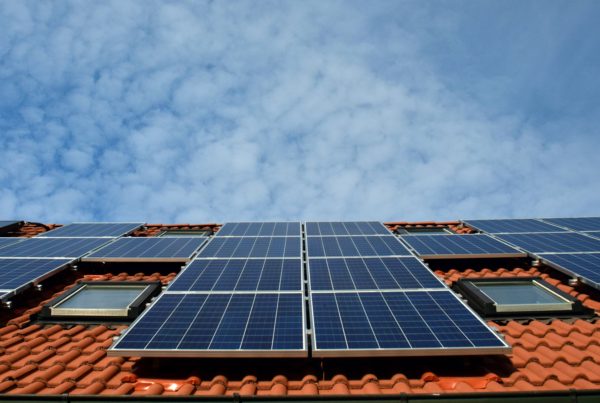The following are the Government approved Solar Rooftop models:
In case of the self –owned business model, the end user of the solar energy is responsible for financing and selection of service providers to install a rooftop solar PV system on their property. The project developer or system integrator gets revenue from direct sales and/or operation and maintenance of the system over a suitable period of time.
In case of a third party-owned business model, as the name suggests, a third party, who is separate from the consumer (rooftop owner) and the utility is the owner of the rooftop systems. This third party may lease the rooftop from the rooftop owner and then generate electricity which may be sold to the utility or to the rooftop owner.
- Solar Leasing: The rooftop owner signs a lease agreement with third party, under which the rooftop owner agrees to make a monthly lease payment to the third party over a mutually agreed period of time. Electricity generated by the solar PV system is used by the consumer, resulting in reduction in the amount of electricity purchased from the main grid. The monthly lease repayments are fixed, and do not depend on the amount of electricity produced by the system.
The ownership of the solar rooftop system remains with the third party until the end of the lease period, after which, the rooftop owner as the option to purchase the PV system, extend the lease agreement or remove the system from the roof. The project developer or system integrator gets revenue from the steady cash flow in form of lease rental and also benefits from government incentives such as tax credits and depreciation benefits.
The underlying requirement for success of this model is that the cost of monthly lease rental should be less than the savings generated from reduced electricity bills of the customer.
- Solar Power Purchase Agreement (PPA): This model is fundamentally similar to solar leasing, except that the repayments are tied to the amount of electricity generated from the system. Consequently, the project developer or system integrator also takes over the operation, maintenance and monitoring of the system to ensure that it is performing optimally as a poor performing system will create a loss of revenue.
Revenue is generated in this model through sale of electricity at the rates which match the grid, and also benefits from government incentives such as tax credits and depreciation benefits.






